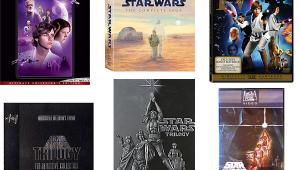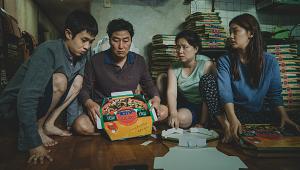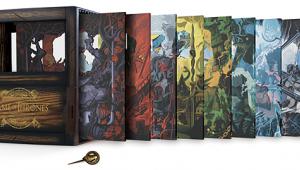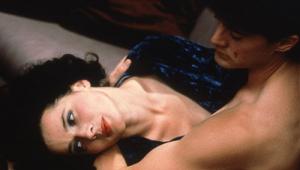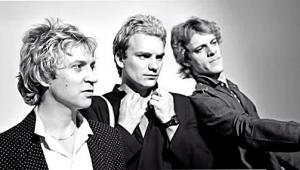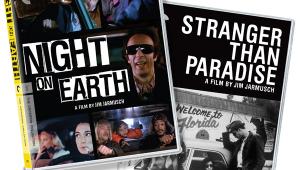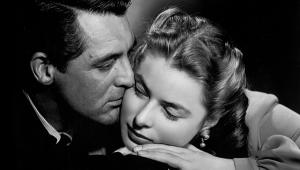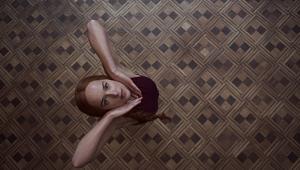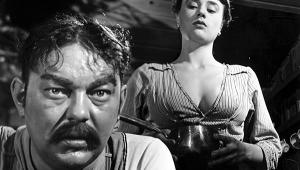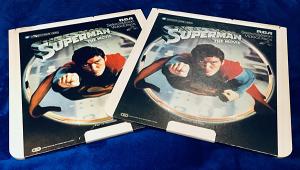Jodorowsky’s Dune

In the early ’70s, he leapt almost randomly at the chance to adapt Dune, a book he hadn’t even read. But soon enough, his ambitions for this material became clear: to make a movie that would play out like a hallucination without the drugs, a movie that would affect the very consciousness of everyone who saw it. To accomplish these lofty goals, he assembled a team of like-minded artists, and he used his considerable charm to attract some big names. Pink Floyd (and others) would provide the music, while the eclectic cast was set to include David Carradine, Salvador Dalí, Mick Jagger, and Orson Welles.
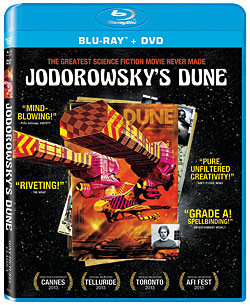 We are given a glimpse at Jodorwosky’s unique vision for the project, for which he under-
took massive pre-production
and design efforts. The next step would have been the costly construction of the sets, and so he reached out to the big Hollywood studios for help, and…well, you need to watch this movie. It’s ultimately about this amazing man as much as his grand-but-unrealized film. “Jodo” is a genuine original and a creative force of nature, and interviews with him, his collaborators, and admirers form the basis of this documentary.
We are given a glimpse at Jodorwosky’s unique vision for the project, for which he under-
took massive pre-production
and design efforts. The next step would have been the costly construction of the sets, and so he reached out to the big Hollywood studios for help, and…well, you need to watch this movie. It’s ultimately about this amazing man as much as his grand-but-unrealized film. “Jodo” is a genuine original and a creative force of nature, and interviews with him, his collaborators, and admirers form the basis of this documentary.
As such, the 16:9 AVC presentation, with a wholly adequate video bitrate, is pleasing if never stunning. We can certainly appreciate the details in the participants’ faces and in the background subtleties throughout. The vintage concept artwork ranges from simple pencil sketches to completed paintings, many quite beautiful, with only occasional noise in the finer points of the otherwise lush HD renderings. Also featured are high-definition clips of varying quality from Jodorowsky’s past movies as well as later works by others, possibly spawned by his bold ideas.
Built from some of the 3,000 commissioned Jean “Moebius” Giraud storyboards, an early scene comes to life for us, sonically as well as visually with some lovely, understated but effective front-to-back panning effects that help us to envision what we missed all those years ago. Kurt Stenzel’s well-orchestrated, well-recorded music is applied generously and aggres- sively mixed for high-resolution 5.1 with some curious instruments here and there. Extensive subtitles are utilized not just for the dispar- ate languages of the interviewees but for the heavy accents when some folks attempt English.
A DVD of the movie is also included, and both discs serve up 46 minutes of deleted scenes that add greater depth and shadings to an already ample history lesson. The highlight is the long-overdue reunion of Jodorowsky and his estranged producer, a testament to film’s power to heal sometimes, in addition to providing closure.
Blu-Ray
Studio: Sony, 2013
Aspect Ratio: 1.78:1
Audio Format:
DTS-HD Master Audio 5.1
Length: 90 mins.
MPAA Rating: PG-13
Director: Frank Pavich
Starring: Alejandro Jodorowsky, Michel Seydoux, Chris Foss


